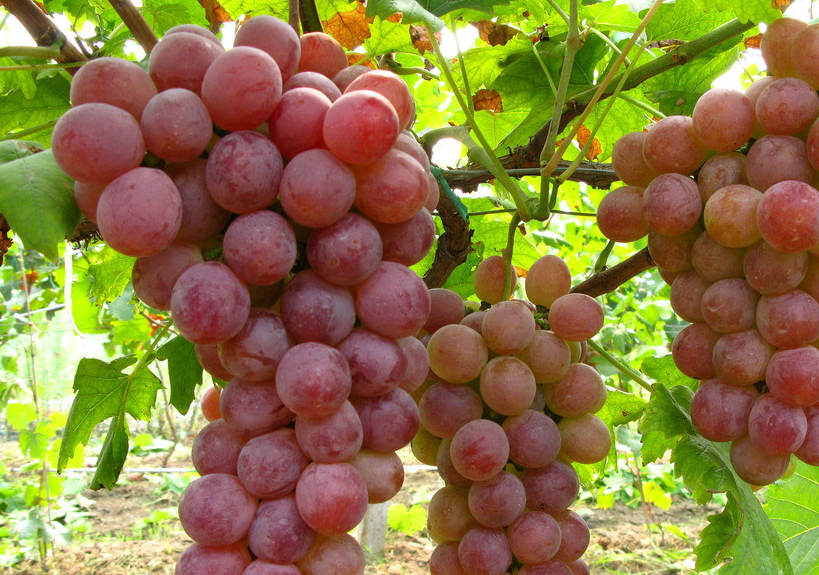“Diabetics” Can They Really Eat “Grapes”? A Nutritionist Provides This Answer!
First: Grapes
Grapes are sweet and juicy, with a high content of glucose. Grapes indeed contain a good amount of glucose and sucrose. In 100g of grapes, the carbohydrate content is 12g, which does not mean that people with diabetes cannot eat grapes completely. Grapes are rich in dietary fiber, which can inhibit the absorption speed of some sugars. Grapes have a very high water content, with 87g of water in 100g. Therefore, relatively speaking, the glycemic load of grapes is very low.
Second: Glycemic Index
Ripe grapes contain sugar levels as high as 10%-30%, with a glycemic index of only 48, belonging to fruits with a moderate glycemic index. It is okay for people with diabetes to consume them in moderation. Due to the high water content in grapes, the sugar is relatively sparse, resulting in a low glycemic load of only 4.3. Grapes are suitable fruits for people with diabetes to eat. However, one should not overindulge. For diabetes patients with good blood sugar control, consuming a moderate amount of grapes is completely permissible.
Third: People with Diabetes
Grapes are rich in nutrients, various minerals, vitamins, as well as various inorganic salts, vitamins, and substances with physiological functions. They also contain flavonoids, which are powerful antioxidants that can combat aging, clear free radicals in the body, and are very beneficial to health. It is a good choice for people with diabetes to eat grapes in moderation. It is advisable to consume grapes when blood sugar levels are slightly lower, such as between meals or after exercising. However, one should avoid eating fruit after meals, as this is a time when blood sugar rises rapidly, and eating grapes would further accelerate the increase.
Fourth: Raisins
Fresh grapes can be consumed in small quantities, but raisins are not recommended. Raisins have a glycemic index of 64 and a glycemic load as high as 53, making them less suitable for people with diabetes. They should be eaten in limited amounts. Fruit juice is not the same as whole fruits since juicing leads to a significant loss of dietary fiber and concentrates sugars. Fresh fruits are always a better choice.
Fifth: Forbidden Groups
Diabetics often have strict dietary requirements, especially those with both diabetes and diabetic nephropathy, who may also have hyperkalemia. Failing to restrict potassium intake strictly can worsen the condition. Therefore, in theory, patients with diabetic nephropathy should not eat grapes.
Sixth: Moderate Consumption
Due to the high water content in grapes, their glucose is absorbed rapidly. It is best not to exceed 100g per serving and 200g per day. It is recommended to consume grapes between meals, preferably 2 to 3 hours after meals, along with reducing the intake of staple foods moderately. Diabetics can eat grapes when their blood and urine sugar levels are relatively stable, either between meals or before bedtime, but they should reduce the intake of staple foods accordingly.
Finally, no matter what food it is, one should choose according to their actual situation. What suits oneself is the best. I hope everyone stays healthy and happy!


